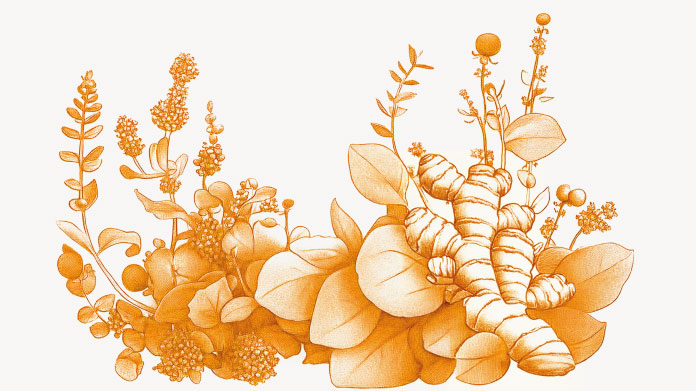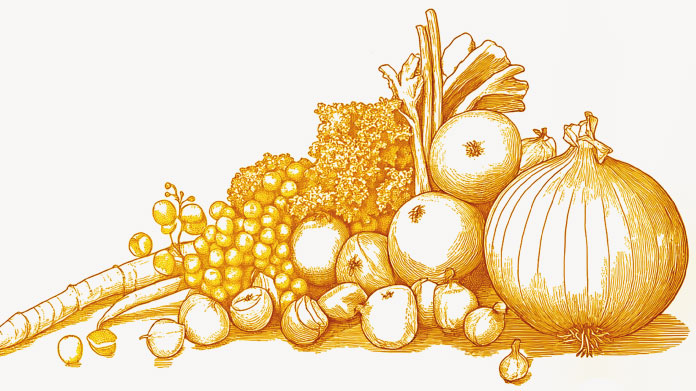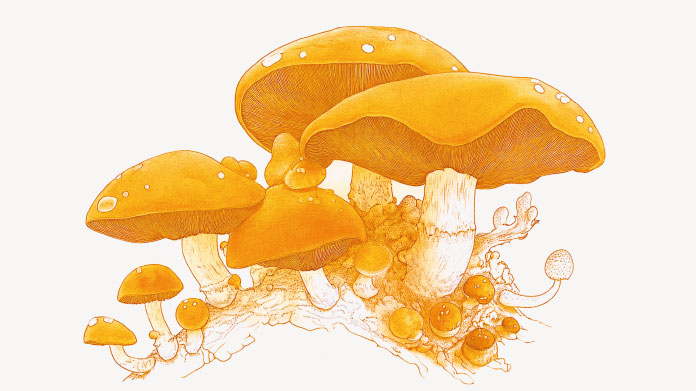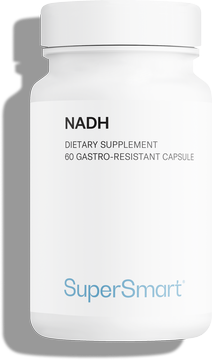COVID-19 coronavirus: who is it really?
Everybody's talking about it... But what is the real significance of the COVID-19 virus, responsible for an international pandemic? SuperSmart offers you a clear and precise dossier on this burning issue.
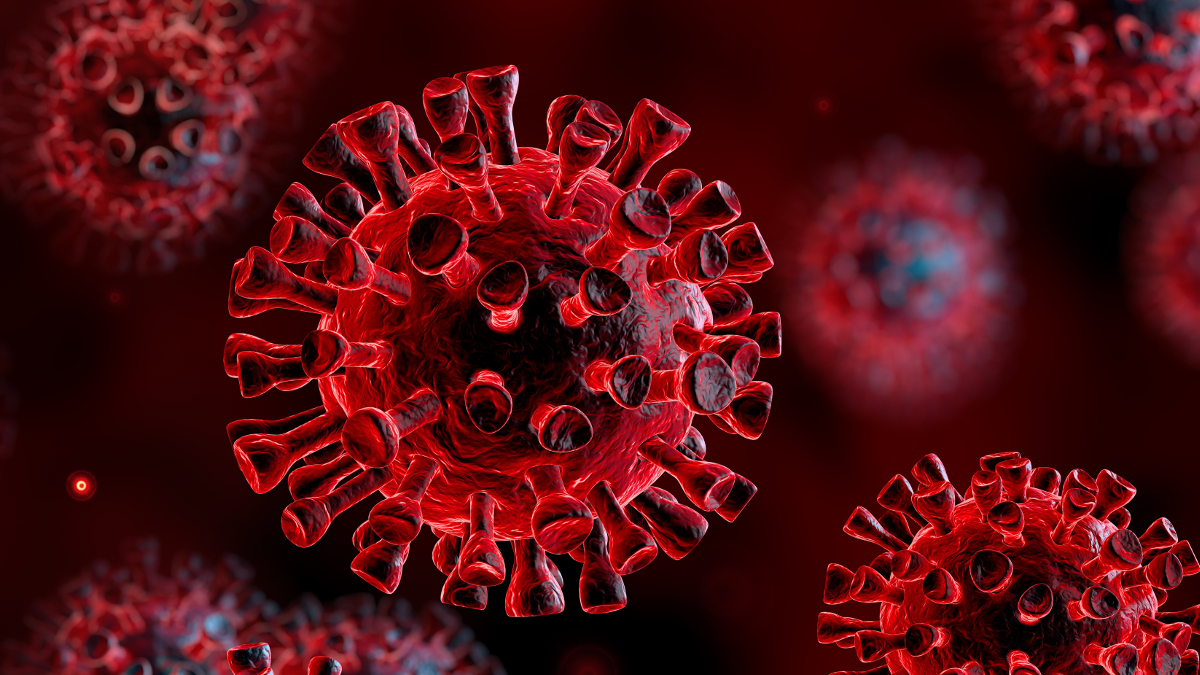
Coronavirus: what is it?
An enveloped virus
Let’s first remember that a virus is amicroscopic infectious particle which needs a host cell in order to grow.
Coronaviruses are a specific family of enveloped viruses which cause several illnesses in mammals and birds. In humans, they may be responsible for between 10% and 30% of upper respiratory tract infections and a large proportion of colds.
COVID-19 is responsible for an infectious respiratory disease
The coronavirus discovered a few months ago which has shaken the whole world is called SRAS-CoV-2. (1)
It is responsible for a new respiratory disease: COVID-19 (short for ‘Coronavirus Disease 2019’).
Brief history of this coronavirus
An epidemic that originated in animals and began in China
As we know, this epidemic emerged at the beginning of December in Wuhan, China, in a local market trading in wildlife.
It seems the contamination came from an animal source. A mammal called a pangolin may have been the intermediate host responsible for transmitting the coronavirus to humans.
Now confirmed as a pandemic by the WHO
Cases soon reached the thousands in China, and quickly spread across the world via travellers carrying the virus. Very rapidly, countries including Italy, South Korea, Iran, France and the United States were all reporting rising numbers of cases ...
On 9 January 2020, the Chinese health authorities and the World Health Organization (WHO) officially announced the discovery of SRAS-CoV-2.
Reacting on a day-by-day basis, countries tried to take action to stem the spread of coronavirus: quarantining individuals or whole towns, cancelling sporting and cultural events, closing schools … The situation was already having a major impact on the global economy.
On 11 March 2020, the status of COVID-19 was upgraded by the WHO from epidemic to pandemic (signifying the extent of its impact on the global population). (2)
Some figures relating to this pandemic
Number of infections and deaths from coronavirus
This coronavirus has spread to 5 continents and at least 110 countries.
As of 12 March 2020, 130,000 people had been infected worldwide, and the virus had claimed 4700 lives.
As of this date, the number of confirmed cases of COVID-19 in the UK stood at 596 and the number of deaths at 10. Some patients have since recovered, and others are still being treated.
Death rate higher than that for seasonal flu
COVID-19 has a mortality rate of around 3.5% compared with just 0.1% for seasonal flu.
The coronavirus figure may, however, be lower, as milder cases have not necessarily been detected.
It’s thought that the infection remains mild in 4 out of 5 cases. However, 20% of patients require hospitalisation, and 5% have to be admitted to intensive care.
Coronavirus symptoms: how do I know if I’ve got it?
First symptoms of COVID-19
Coronavirus patients generally display one or more of the following symptoms:
- headache ;
- fatigue ;
- aching body...
Subsequent symptoms of this respiratory infection
Two to three days later, other, more significant symptoms may appear:
- cough ;
- chest pain, shortness of breath or other signs of upper or lower respiratory infection (the lower, more serious form, corresponds to acute respiratory distress syndrome).
If you’re concerned, the advice in the UK is to call the NHS 111 online coronavirus service or your GP
.Attention: if you’re showing any of these symptoms of respiratory infection, it’s important not to visit your doctor’s surgery or the hospital to avoid spreading the infection.
Instead, call 111 (UK), or your GP, who will tell you the right procedure to follow to get tested. The test normally consists of taking a nasal swab with a cotton bud to check for the presence of an RNA strand specific to this coronavirus.
For all general enquiries about coronavirus, visit https://www.nhs.uk/conditions/coronavirus-covid-19/ (UK).
Contagion and transmission of the COVID-19 virus
A contagious virus
With coronavirus, an infected individual is contagious as soon as their symptoms appear – and even before, in some cases.
In the absence of preventive measures, it’s thought that each such individual will normally go on to infect a further2 to 3 people.
The incubation period (the time between contamination and the appearance of symptoms) is on average, 5 days. The illness normally lasts at least 2 days and does not exceed 12, which is why the quarantine period is 14 days.
Several transmission pathways identified
There appear to be several ways of contracting the coronavirus, namely:
- direct contact with an infected person (handshake, kiss, saliva ...) ;
- inhaling contaminated droplets expelled by the respiratory tract, or contact with surfaces contaminated by these droplets;
- the faecal-oral route, in which viruses expelled in stools contaminate surfaces (door handles, walls), which are then touched by healthy individuals and subsequently find their way into their respiratory tract.
It’s important to note that the virus can survive for a few hours in an external environment (less on dry surfaces than on damp ones). It can even survive for up to 9 days on metal, glass or plastic.
Are pets affected ?
So far, it appears that pets such as cats and dogs neither contract nor spread the disease.
Coronavirus: who is most at risk?
Older people
Those aged over 65 are at higher risk of suffering the consequences of infection by the SRAS-CoV-2 virus. Above the age of 80, the mortality rate can be as high as 14.8%.
Those with compromised immunity or a chronic disease
Coronavirus can have more serious effects in immunosuppressed people or those suffering from a chronic disease (cancer, diabetes ...)
Preventive measures
Handwashing, disinfecting the floor, avoiding group situations...
A quick recap on the basic steps for protecting yourself and others:
- wash your hands regularly (ideally every hour) with soap and water or a hydroalcoholic gel. And avoid touching your face with dirty hands;
- clean and disinfect floors and objects, and avoid touching anything that’s potentially contaminated;
- keep your distance from other people and especially avoid group situations;
- drink plenty of water ;
- avoid contact with anyone who is infected with the coronavirus.
Wear a facemask, and stay at home so as not to spread the infection ...
- avoid contact with anyone who’s ill to avoid contaminating them (you may be carrying the virus without showing any symptoms) ;
- cover your mouth and nose when coughing or sneezing (using the inside of your elbow, or a tissue which should immediately be thrown in a bin with a lid), or wear a facemask ;
- stay at home in the event of illness. (3)
Medical treatments for the COVID-19 virus
No officially-approved treatment
For the moment, there is no treatment approved by medical authorities for combatting the virus. Certain drugs are being considered, tested and even given to some patients. It remains to be seen whether they are effective.
Above all, avoid taking non-steroidal anti-inflammatory drugs and corticosteroids, which may aggravate the disease.
No vaccine
Neither is there any vaccine for preventing the disease. The Pasteur Institute in Paris has indicated that preliminary tests on mice began on 11 March 2020. According to a number of specialists, it will be autumn 2021before a vaccine is ready.
Some essential reminders
The importance of the immune system in preventing infection
In addition to the preventive measures we have just repeated, let's take a look at our immune defenses for a moment.
As Dr. Damien Mascret said about the best way to counter the coronavirus: "What works best is our immune system" (France Info, January 26, 2020). (4)
Diet, sports activity, sleep...
How can we strengthen our natural defenses? The recipe is well known, and SuperSmart is always professing it. What you need to do is:
- opt for a balanced and varied diet;
- regular physical activity;
- get enough sleep;
- and try to keep your stress levels down.
Natural substances beneficial to the body
Let's also list some products of nature that are good for general health:
- Vitamin C, available in guavas, yellow peppers, kiwi fruit and oranges, is known to stimulate the destruction of pathogens in the body; (5)
- Vitamin D is found in cod liver oil, herring or sardines. T lymphocytes, the cells that are in the front line of our protection, are only activated in its presence; (6)
- Lactoferrin is a glycoprotein found in colostrum (the first form of breast milk) and whey. This cytokine notably protects the mouth, nose and eyes from infectious attacks; (7)
- Lactobacillus gasseri is a probiotic strain that optimizes the body's natural immune functions; (8)
- AHCC is a particularly potent compound made from shiitake mushrooms. It increases the activity of NK lymphocytes, the "killer cells" activated in the antiviral immune response; (9)
- Zinc is an important chemical element in restoring an effective immune system. It is available in oysters, roasted wheat germ and calf liver, among others. (10)
References
- Cascella M, Rajnik M, Cuomo A, et al. Features, Evaluation and Treatment Coronavirus (COVID-19) [Updated 2020 Mar 8]. In: StatPearls [Internet]. Treasure Island (FL): StatPearls Publishing; 2020 Jan-.
- https://www.who.int/fr/dg/speeches/detail/who-director-general-s-opening-remarks-at-the-media-briefing-on-covid-19---11-march-2020
- https://www.gouvernement.fr/info-coronavirus#xtor=SEC-3-GOO-[{adgroup}]-[425080454110]-search-[coronavirus]
- https://www.francetvinfo.fr/sante/maladie/coronavirus/ce-qui-fonctionne-le-mieux-c-est-notre-systeme-immunitaire-pour-l-heure-aucun-traitement-ne-s-est-revele-efficace-contre-le-covid-19_3842271.html
- Carr AC, Maggini S. Vitamin C and Immune Function. Nutrients. 2017;9(11):1211. Published 2017 Nov 3.
- Cantorna MT, Snyder L, Lin YD, Yang L. Vitamin D and 1,25(OH)2D regulation of T cells. Nutrients. 2015;7(4):3011–3021. Published 2015 Apr 22.
- Ochoa TJ, Sizonenko SV. Lactoferrin and prematurity: a promising milk protein?. Biochem Cell Biol. 2017;95(1):22–30.
- Oh NS, Joung JY, Lee JY, Kim Y. Probiotic and anti-inflammatory potential of Lactobacillus rhamnosus 4B15 and Lactobacillus gasseri 4M13 isolated from infant feces. PLoS One. 2018;13(2):e0192021. Published 2018 Feb 14.
- Maares M, Haase H. Zinc and immunity: An essential interrelation. Arch Biochem Biophys. 2016;611:58–65.
Keywords
12 Hours
A Product worth waiting for when not…
A Product worth waiting for when not available and then arriving as a surprise!
DOMINIC
2 Days
On time shipping
On time shipping
GEORGE Verne
3 Days
Ordering was easy and the product was…
Ordering was easy and the product was delivered with no problems. Appreciated that I was notified when it would arrive. Thanks!
MascarC
9 Days
Great customer service - responsive …
I ordered from them and my item was unavailable for sometime. I was super happy when they reactivated my order and shipped my item which arrived very quickly. Great customer service.
Ruth Rueter
10 Days
Super fast shipping
Super fast shipping
Donald Borling
13 Days
Reputable companysearch and the number of…
The research and the number of selection of products.
NAKHJAVAN Shervin
26 Days
The Anti Aromatase is a great product
The Anti Aromatase is a great product. You just need to have constant inventory. Recently this product has been out of stock.
GEORGE Verne
28 Days
Great help on chat
Great help on chat. Knowledgeable and friendly.
Jason Argos
31 Days
Customer service was fast and friendly.
Customer service helped to stop the transaction process of the subscription. I appreciated that.
Greenie
31 Days
I order here due to the high quality of…
I order here due to the high quality of the products and the quick delivery of items - thank you
Barbara J
33 Days
SuperSmart's Eye Pressure supplements: highly recommended!
I purchase SuperSmart's Eye Pressure supplements regularly for over 5 years, and gotta say they are truly a wonderful product for my Glaucoma. Highly recommended if you have eye pain from your Glaucoma.
D. Martinez
37 Days
Quick service
Quick service
MONELL
38 Days
Speedy service.
Speedy service.
ROSENTHAL Marvin
42 Days
Clear website- Efficient
Clear website. Excellent search engine and fast delivery!
Mohamad Hussein
44 Days
They have great products.
They have great products.
Vickie

